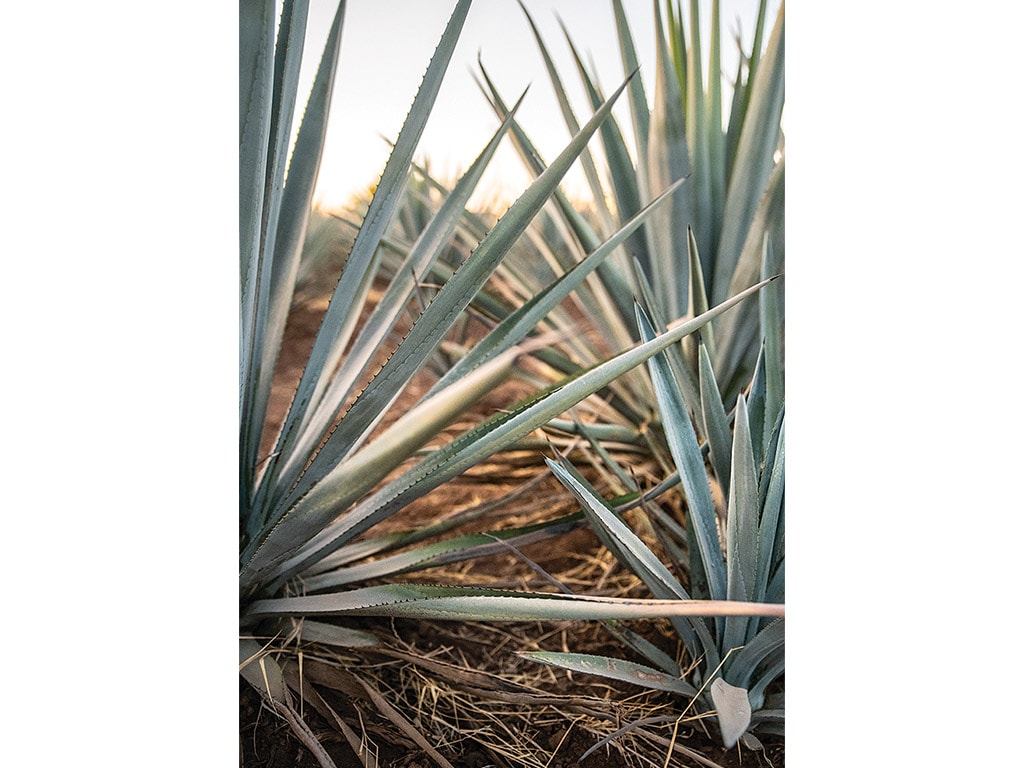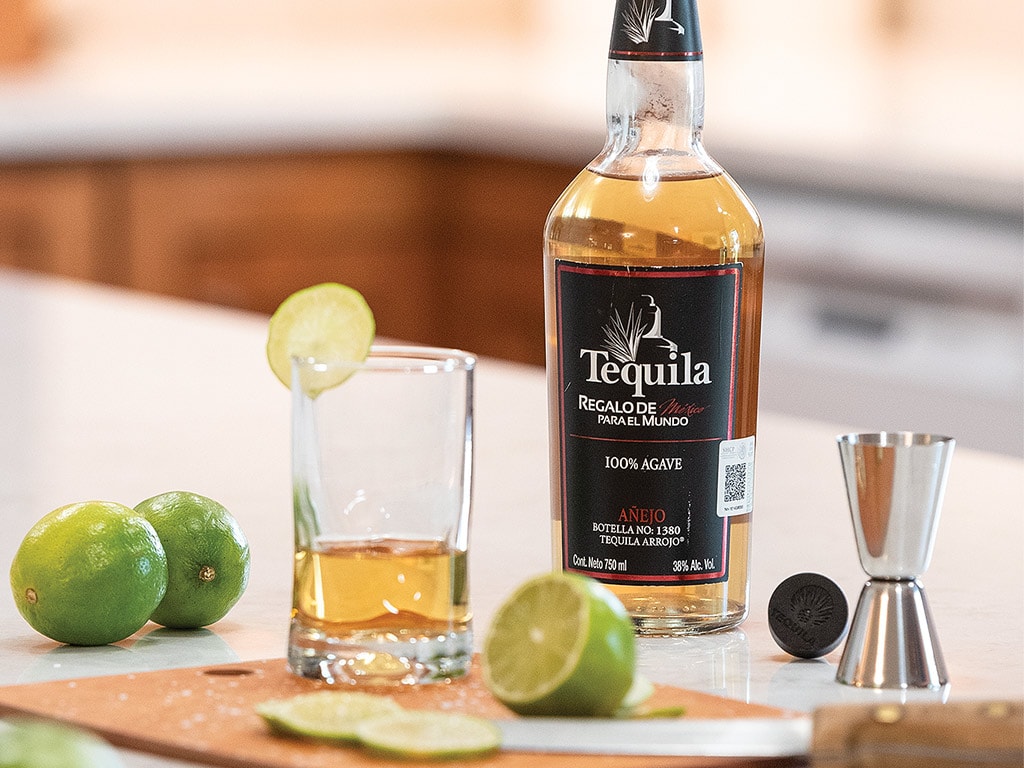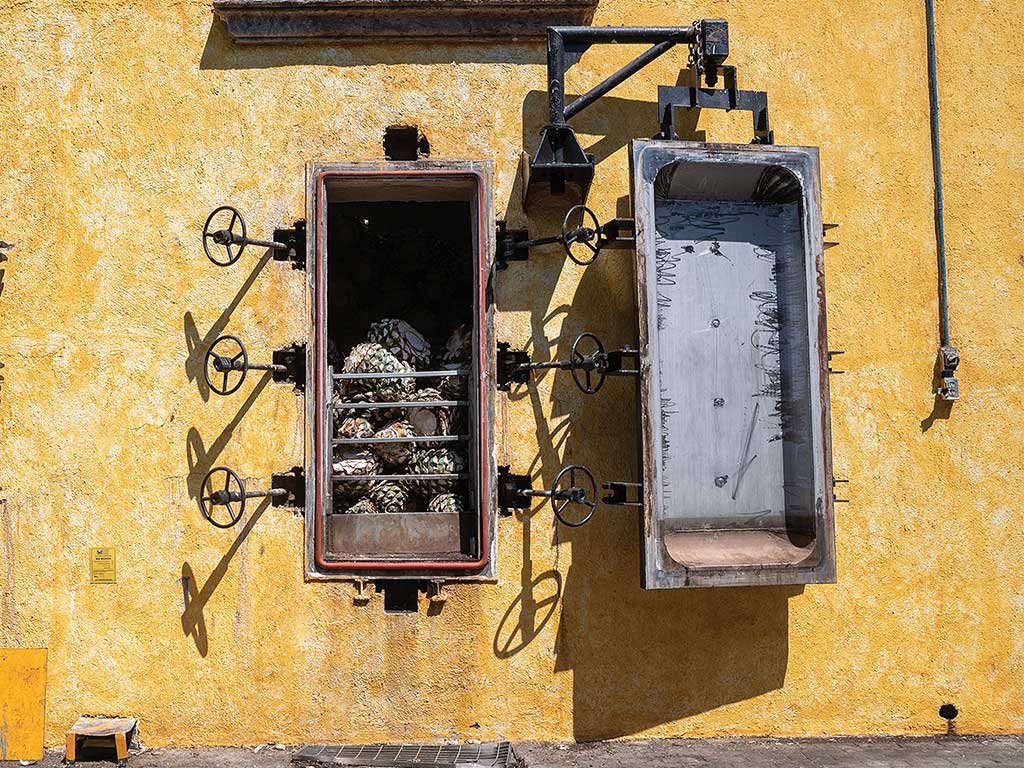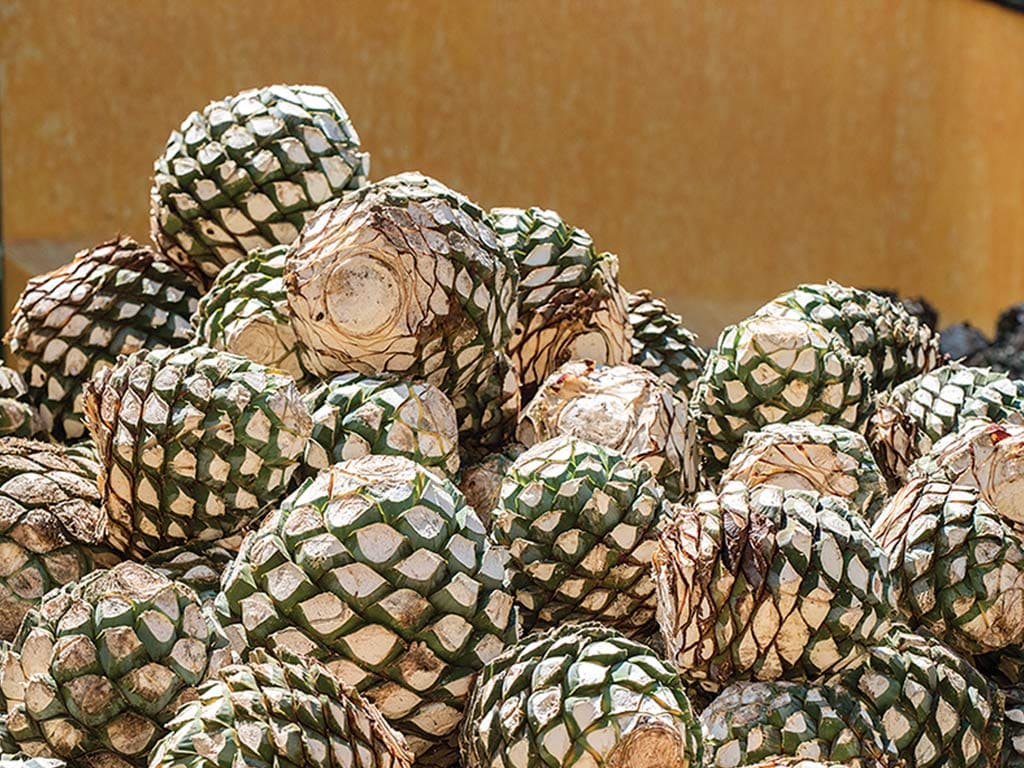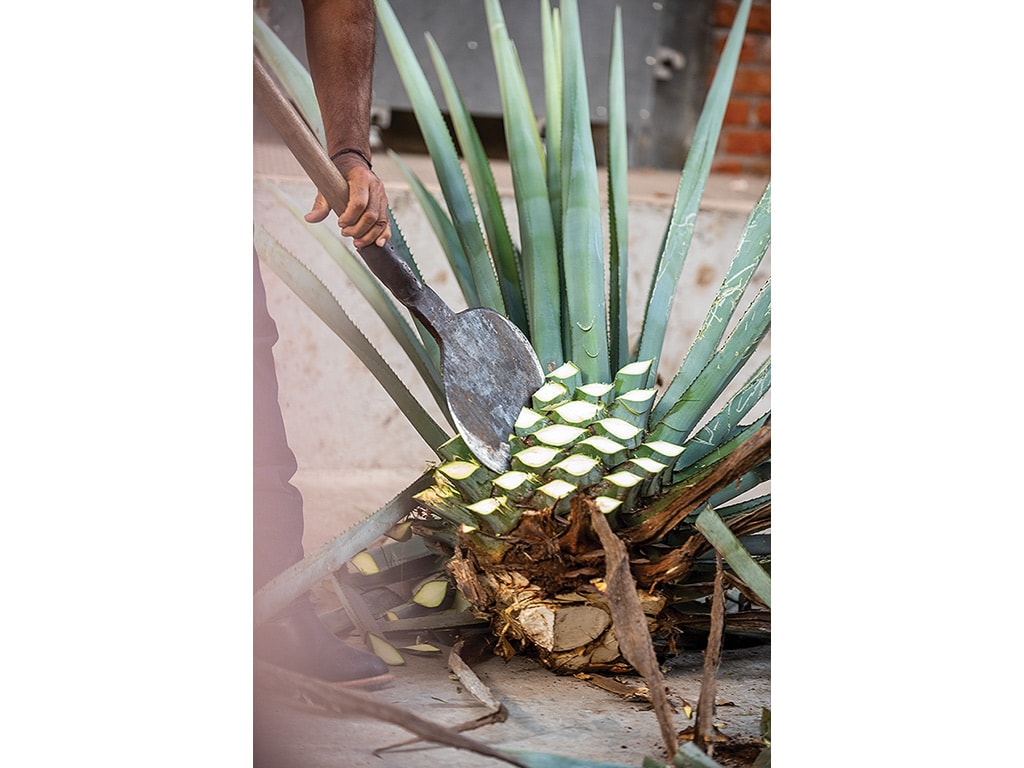Agriculture, Specialty/Niche November 01, 2023
Do You Know Where Tequila Comes From?
.
Spoiler: The distilled sugar does not come from agave leaves.
One tequila. Two tequila. Three tequila…you know the rest.
Many agree with the late George Carlin that having four tequilas is too many, but in fact, there is only one real tequila. Many spirits are distilled from agave sugar, but to be called tequila, the liquor must be made from a specific agave variety in a specific Mexican region.
For centuries, native Mexicans have been distilling agave sugars into mezcal, and locals and visitors alike have celebrated the regional and varietal differences. Tequila has risen to the top as the most sought-after.
By the middle of the last century, tequila had become a global icon for the region. Seeing the benefits others receive from their similarly prized drinks—namely Scotch whisky and Champagne wine—agave farmers, tequila distillers and regional authorities came together to protect and add value to their product.
In 1974, an Appellation of Origin was created, which requires certain factors be met for the liquor to be sold as tequila:
Sugar must be sourced from the Agave tequilana Weber blue variety (at least 51% or 100% pure Weber Blue Agave sugar).
Plants must be grown in a specific region of Mexico exhibiting the proper climate and soil type (currently 181 municipalities in five states qualify).
Distilling and most bottling must be done in the same region.
All the practices from growing to bottling must follow traditional, artisanal techniques.
"The natural factors for how tequila is produced are very important: our soil, raw material, and weather. But also, the human factor: the way the agave is harvested is very particular. It is done by jimadores, and it is really an art passed down from generation to generation," says Rodolfo Villaruel Franco, international affairs coordinator for the Tequila Regulatory Council (CRT).
In the time since the Appellation of Origin gained its footing and the CRT was formed in 1994, the industry has seen significant growth that is benefiting the supply chain and the local economy. According to CRT data, total production rose from 104 million liters in 1995 to 228 million liters in 2015 and then soared to 651 million liters in 2022. The U.S. took in 82% of the liters exported in 2022.
Tequila expert and owner of the Minneapolis tasting room Escondido, Todd Mulhair says the number of tequila drinkers in the upper Midwest has grown in proportion to the production boom.
"Five to 10 years ago we only had access to the major brands. Now with so much more available, people coming in for tequila tastings are curious about what agave is, how long it takes to mature, and how those factors affect the taste of different tequilas. We spend a lot more time talking about the plant than the distillation process," he says.
Above. Weber Blue Agave plants grow to be a few feet tall and have leaves sharp enough to ward off any predator. Jimadores are skilled in artfully and quickly removing all the leaves to reveal the piña holding all the natural sugars. The distilling process starts with steam ovens and ends with oak aging barrels. Añejo, or Aged, tequila shares the smooth qualities of other dark, aged sipping spirits.
Growing agave. Local farmers are seeing the benefits of raising the drought-tolerant, high-value perennial crop luckily at the same time consumers are discovering drinking high quality tequila does not have to put them on the floor at the end of the night.
"It's estimated 30% of corn producers in [the state of] Jalisco are now planting agave," says Andrés Canales Leaño, president of the Jalisco Agricultural and Agroindustrial Development Council. Even in a time of high feed crop demand, raising agave provides Mexican farmers better water conservation and higher profit margins than raising corn.
Weber Blue Agave takes five to seven years to develop the right brix level to be harvested. Jimadores (skilled, artisan harvesters) come into the fields and shave off each long, spiky leaf using a sharp, machete-like tool called a coa. The freshly exposed heart (referred to as the piña) is then cooked in giant steam ovens, pressed to extract the sugar, and distilled. You can see this for yourself during your next snowbird trip as the industry's growth has also spawned agritourism along the 'Tequila Trail' between Puerto Vallarta and Guadalajara.
Agave's benefits are also sparking U.S. farmers' and researchers' interests. University of California, Davis, has recently developed an agave research and outreach program to determine the crop's viability and potential locally. ‡
Read More

AGRICULTURE, LIVESTOCK/POULTRY
On a New Diet
Grazing brassica and legume cover crops requires a little planning.

AGRICULTURE, EDUCATION
Hybrid Wheat Takes Root
Farmers set to capitalize on yield stability.


